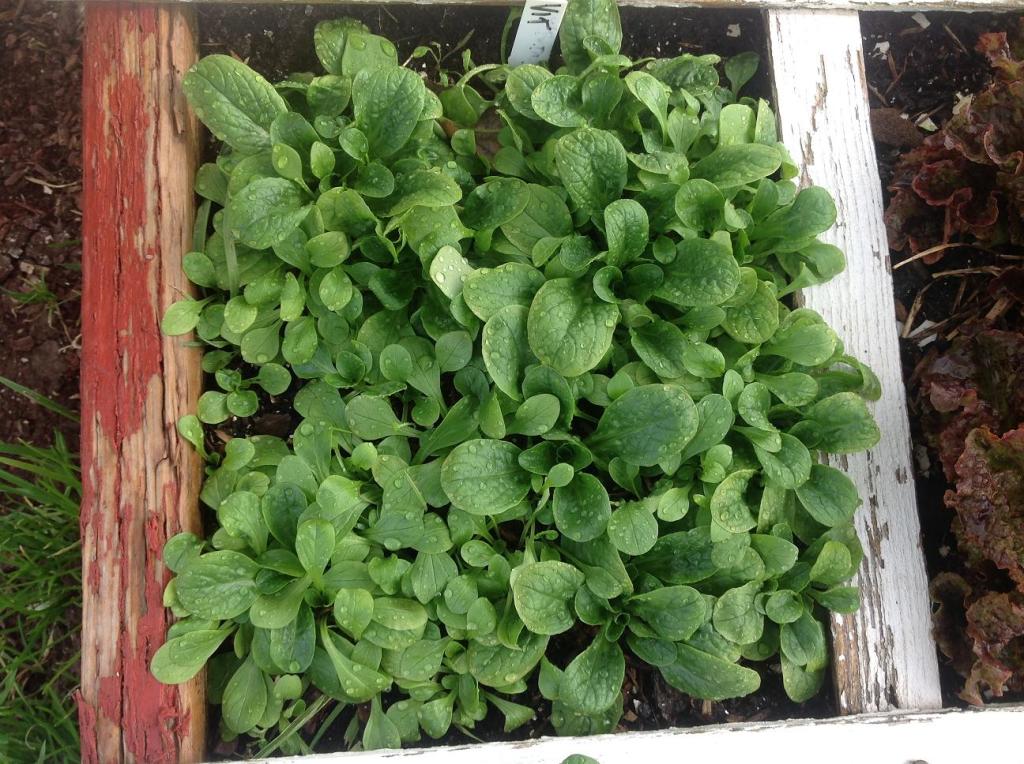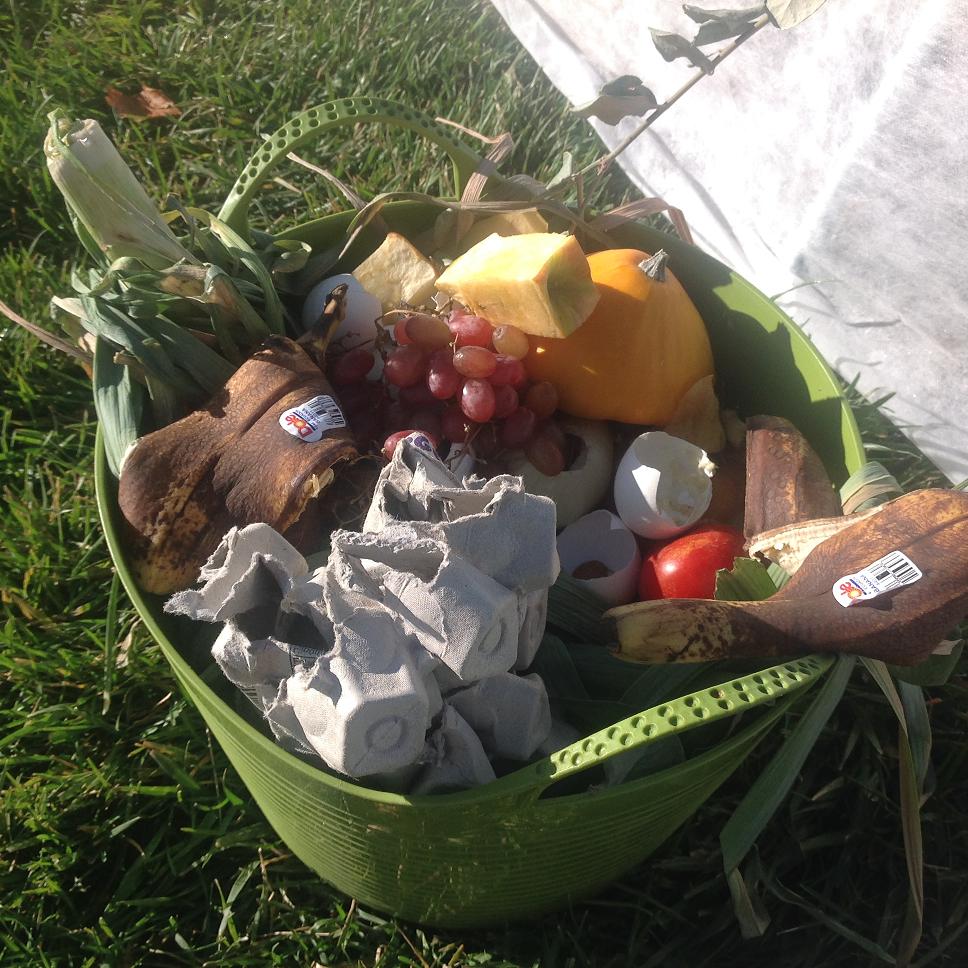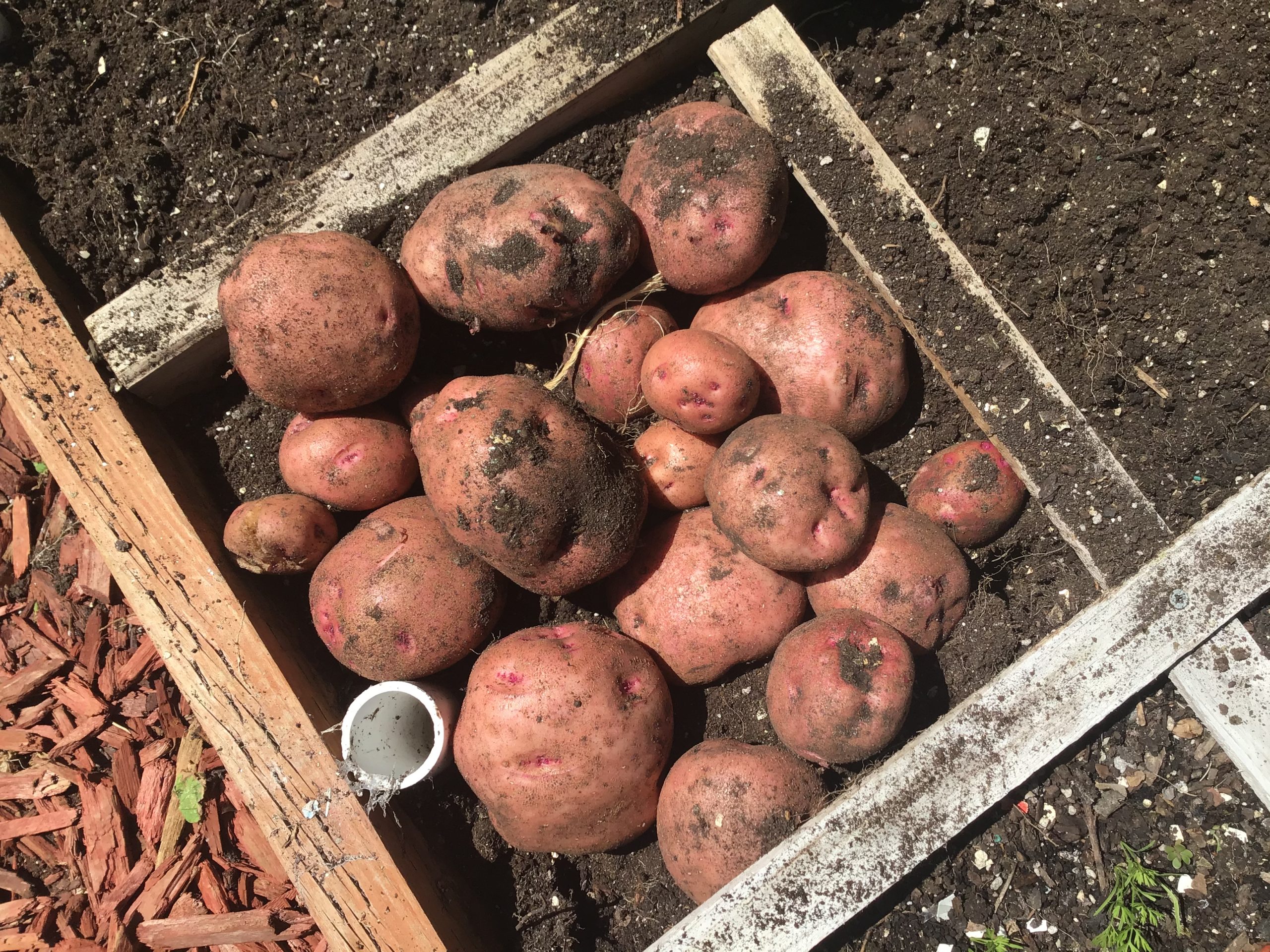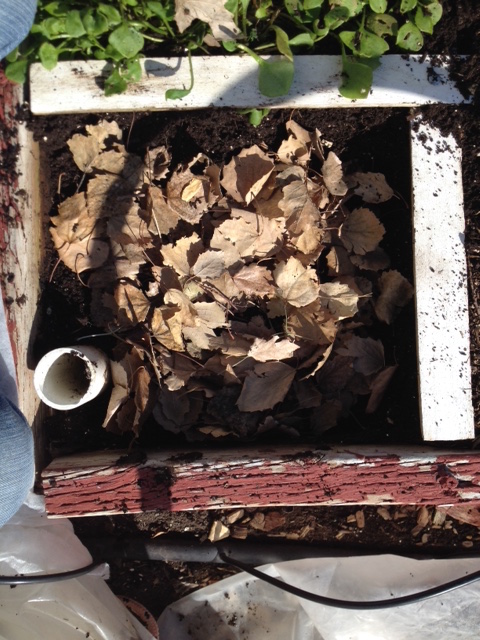
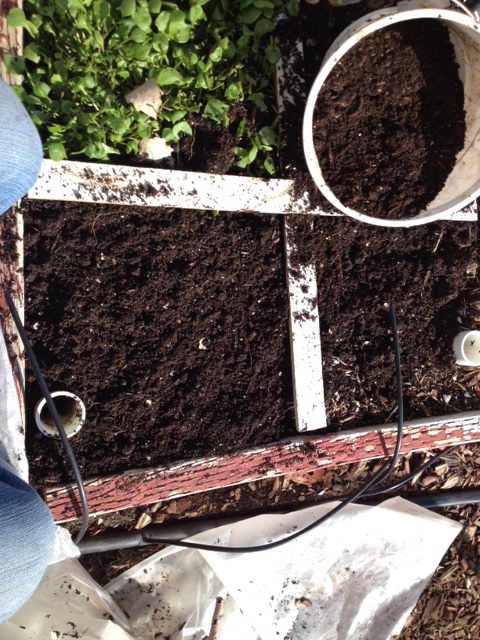 I’ve always commented on the importance of soil. It can make or break you. Your soil will be the most determining factor in having a successful gardening year or not. And all your friendly neighborhood gardeners? They complain bitterly throughout the year because nothing seems to grow very well back there. They keep doing the same things year after year and expect different results. I won’t tell you what the definition of that is!
I’ve always commented on the importance of soil. It can make or break you. Your soil will be the most determining factor in having a successful gardening year or not. And all your friendly neighborhood gardeners? They complain bitterly throughout the year because nothing seems to grow very well back there. They keep doing the same things year after year and expect different results. I won’t tell you what the definition of that is!
But it doesn’t have to be that way! There is so much good information out there about soil. It’s not hard to learn about what it takes to have great soil Every year I see neighbors tilling their leaves into the garden during fall. Then they rototill again in spring when it’s usually still too wet and cold. They might add horse manure at this time. All this is very good except for the fact that there isn’t enough material in their amendments to substantially change the composition of their growing medium. Ten bags of steer manure covered over a plot of land that’s 30X40 feet doesn’t do much at all.
There’s no question that if you wanted to work hard at improving your soil you can get it. But it’s a lot of hard work. And knowledge. This is where your county extension folks come in. They really know their stuff! And after several years you might have that dream soil by following their direction.
My point is you can have perfect soil right away. Just three ingredients gives you that loamy, loose, and friable soil in about 15 minutes. No need to wait years to have that perfect soil. Coarse vermiculite, peat moss, and a good blended compost in equal portions(by volume not weight)are all you’ll need. And you can have that tomorrow without becoming a master gardener! No need to learn about acidity, soil composition, pH, etc. Just combine these ingredients and you’ll see just how easy it is to have that perfect soil without all the time, knowledge, and costs associated with things like limestone, ground powders, bone and blood meal, special fertilizer blends etc. Though it’s always a plus to have this extra knowledge, it’s not needed to have a great garden right now. I’ve been a square foot gardener for 15 years now and I’ve never had any soil issues. Ever. At this point my soil is 100% compost because those 3 ingredients mentioned earlier are long gone after this amount of time.
As you look around the internet at composting methods, you’ll learn about all sorts of ratio’s and formulas. While much of that is probably pretty good, why make it difficult? Coming to one of my square foot gardening workshops will prepare and teach you the simplicity of making great compost. And you’ll never be able to buy compost as good as you can make it. Not even close. So if you’re a northern Utah gardener looking for a better way to garden, think about attending my SFG workshop on April 11th. A quick email is all that’s needed to register. You’ll also learn the trick in the pictures above and what I’m doing. Good stuff Maynard[ois skin=”1″]

